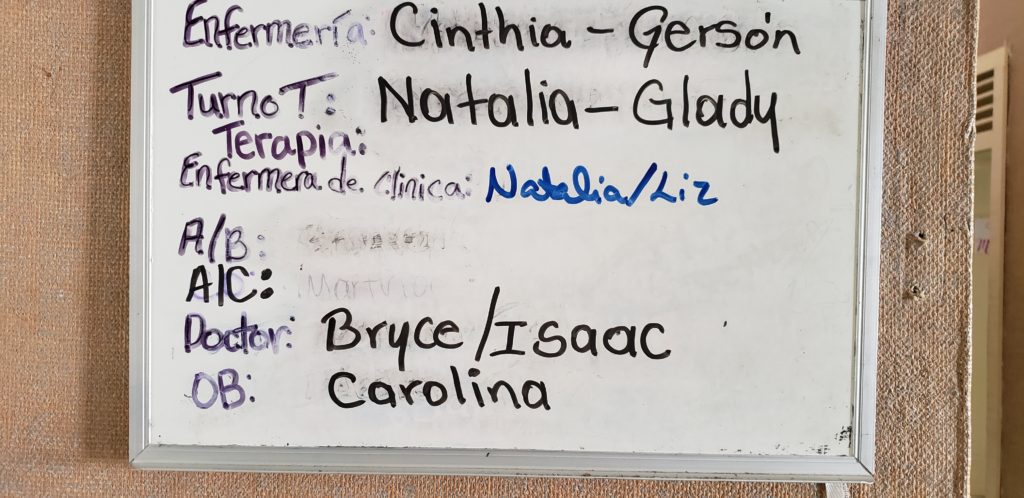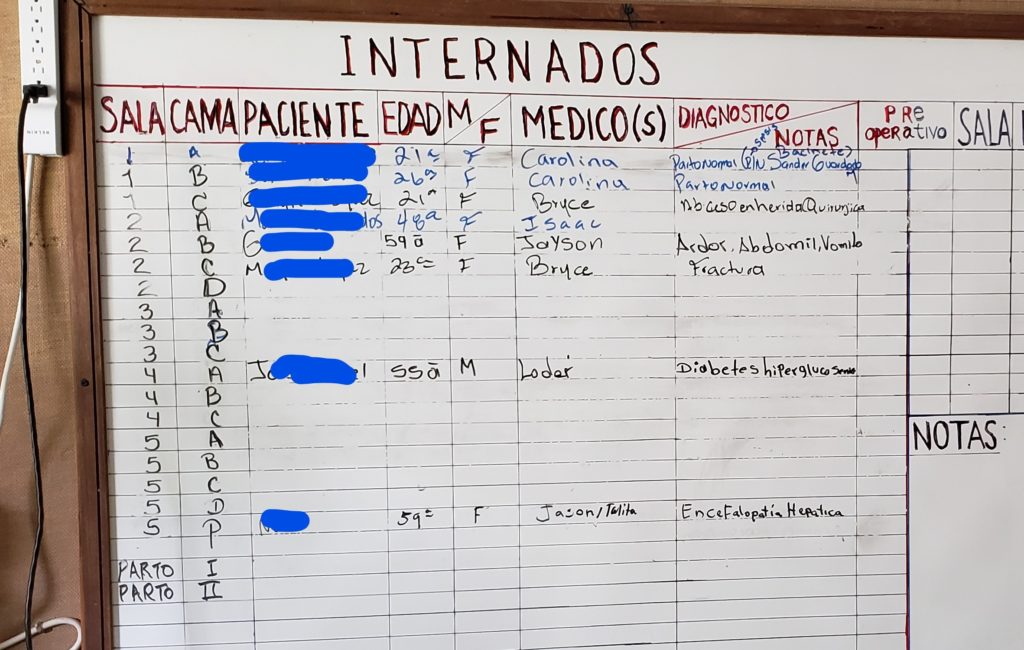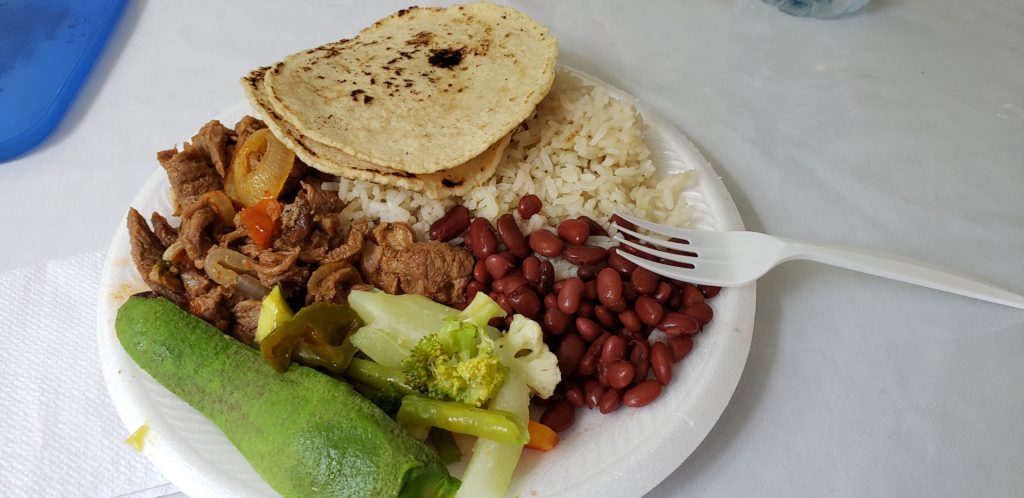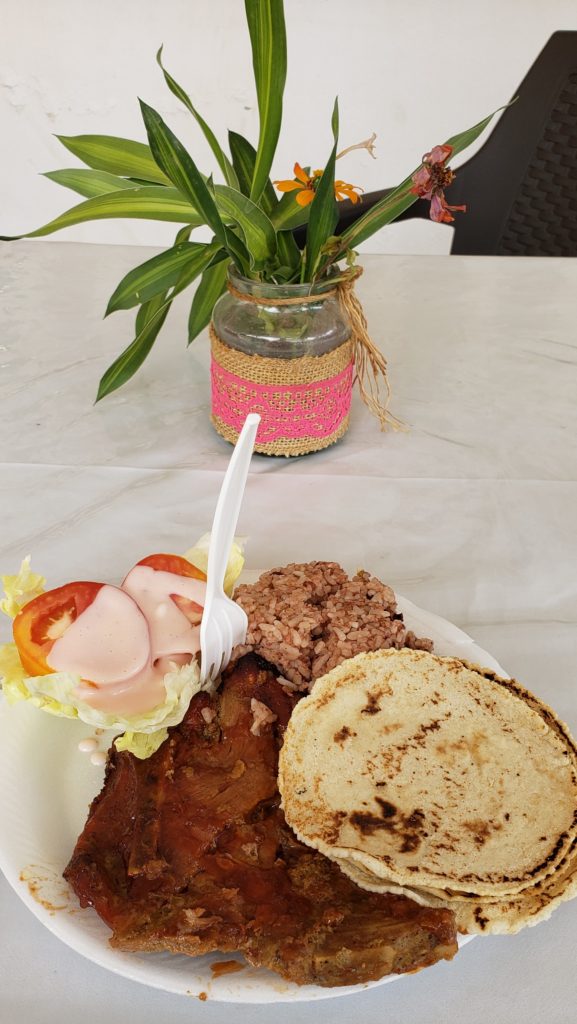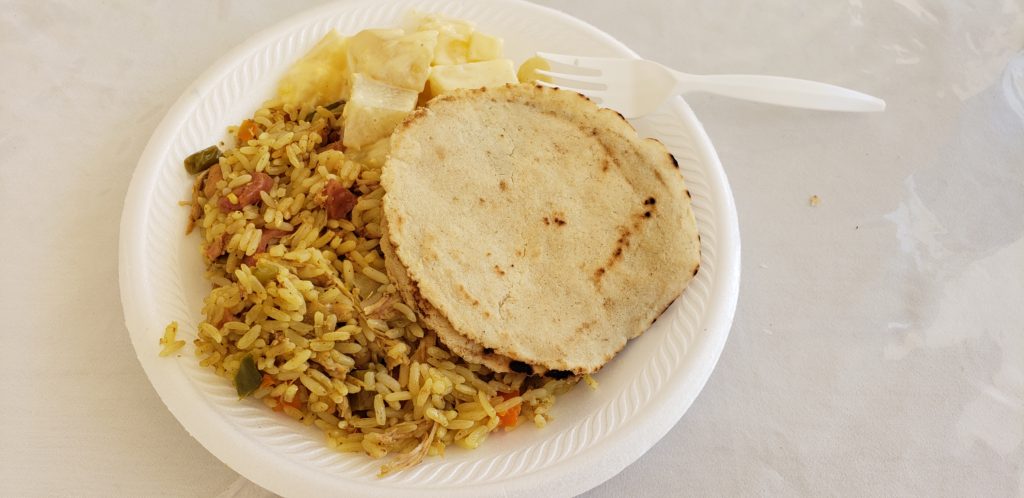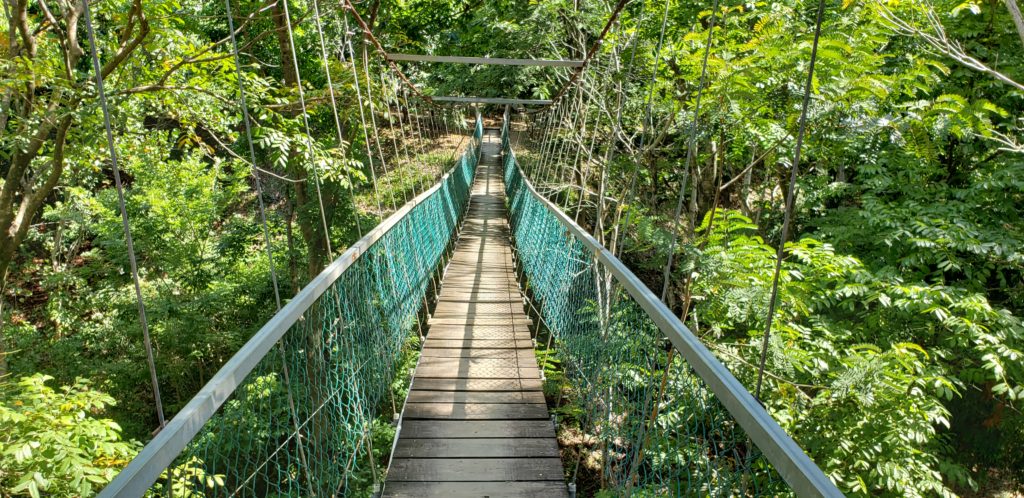First Day Fears
June 13th, 2019 by Bryce Loder
Posted in Uncategorized|
It’s probably better for most of us to not know what is ahead of us on any given day, because we might just find a way to never get out of bed.
I went to the hospital a little before 8:00 a.m. on the first day, expecting some training on the new electronic health records and an introduction to the person who would be talking me through the first few days. My scrubs were clean, my stethoscope and ball point pen were ready, and my water bottle was full as the 103 degree heat index made the morning feel only slightly cooler than the previous afternoon.
After a three minute training period on the electronic health records (to be fair, they are very logical, and fifteen minutes might have been enough), we went to the ER where I discovered that in addition to the full clinic schedule, the three ER beds were full; then a “veteran” nurse practitioner (she had been here two weeks), came across the hall and asked if I had ever reduced a dislocated shoulder. Suprisingly, this was something I had actually accomplished before. The most memorable time was on my own screaming shoulder on a pool deck in Cuernavaca, Mexico twenty-five years ago while an eleven year old girl, now a doctor herself, giggled instead of giving me proper sympathy.
So the day began here at Loma de Luz Hospital. The hospital waiting areas were swarming with people who were patiently waiting to be seen.
I focused on the ER and literally begged the ER nurse to help me get through this. As I’ve found in every new work situation, this nurse knew what was going on, and she soon made me feel confident that we could handle this. After briefly evaluating the ER patients and considering ways to escape by boat or helicopter, I decided to attempt putting that dislocated shoulder back into its socket; that looked like the easiest job ahead—and it’s pretty clear when that job is done. Like mowing the grass, there is clear evidence that a job has been accomplished. Beginner’s luck was with me and that poor stoic guy, who had waited all weekend, was almost as pleased as I was when a relatively simple maneuver reduced the dislocation while someone was starting his IV for sedation. I didn’t tell him that he probably wasn’t born yet the last time I did this.
Now back to the ER. I had no excuse to stay away now. Some of the next two hour fun:
- A diabetic patient with glucose of 600 and in ketoacidosis. Options for treatment were few, and lab could only be done twice daily—and it lacked many of the tests we would consider necessary and perform on an hourly basis in a medical ICU at home where this type of patient would be admitted. But as we took him to a bed in a room full of other patients and their family members (some hanging out in the windows, and some sleeping on the floors with food and other supplies), I met Gerson, the charge nurse who made me feel as comfortable as the ER nurse had just an hour earlier. He had a big relaxed smile as he answered my questions and reassured me that I could go back to the ER and he would take care of things with this admission. I had no doubt that he would.
- A patient with a schizophrenic breakdown after not taking medications for several months. She wanted to be well, and family was helpful.
- A middle aged woman with abdominal pain for two weeks. It was finally getting her down. The cause was identified. She didn’t need surgery, but the surgeon would be back in town the next day in case things changed.
- A cute toddler with a mouth full of sores from a common viral infection. This was the eighth day, and the mouth ulcers will be gone within another two or three days. My job was to do nothing except chat with the mother in this case.
Other doctors were helpful in taking patients out of my clinic list to keep things moving as I was stuck in ER, and by lunch time I was confident that I might survive the day. I wasn’t as sure about getting through the night on ER call.
Speaking of the clinic patients, my first patient told me that he was on renal dialysis and was having some complications. He had just been to Kansas City, Kansas, to visit his mother, and he had visited a clinic there in the same area where I went to medical school. The world is small, folks. Don’t ever think that we aren’t all connected.
The first night in ER. Maybe in another blog entry.

